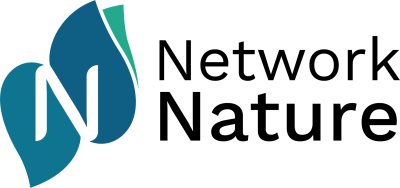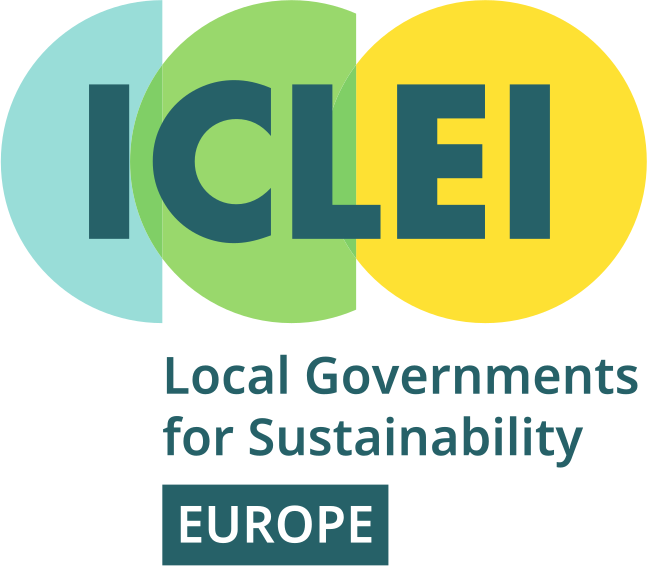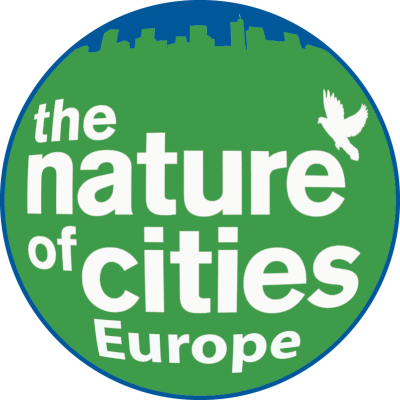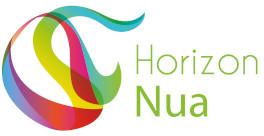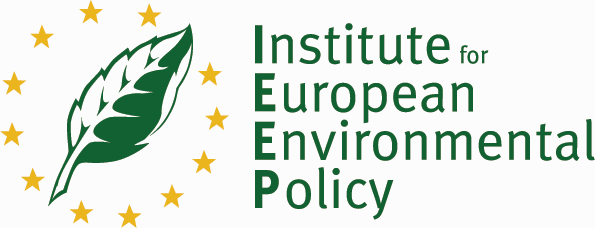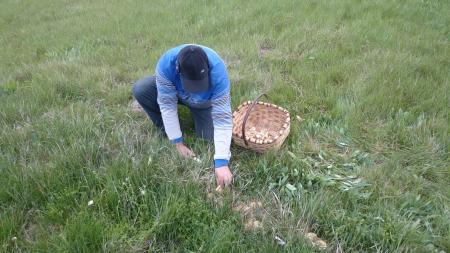
Objective:
MicodataSIG relies on a set of protocols and technologies for the diagnosis of mycological resources aiming to implement a Territorial Information System. The goal is to provide technical information as well as disseminating to the society over the production and sustainable management of the main edible wild mushrooms in Castilla y León region, Spain.
Context:
The first initiatives aiming to manage the mycological resources in Castilla y León region started in 2000. From this date, the demand for information on production, species and picking periods from both pickers and tourists have increased considerably until today. MicodataSIG has been developed and maintained initially from CIF Valonsadero and later from Cesefor. It consist on a cartographic tool that provides information on existing tourist mycological resources as well as an estimate of the production of edible wild mushrooms. These methodologies are implemented through the development of mycological inventories and the modelling of production for different habitats.
Contacts:
José Miguel Altelarrea Martínez, josemiguel.altelarrea@cesefor.com,
